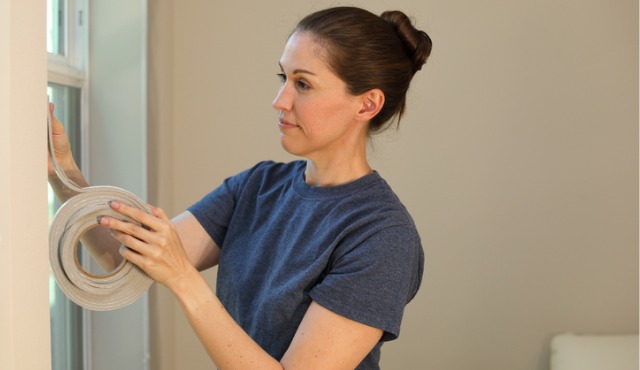By Emma Sturgis
The first thing you'll need to do when moving into an old home is to check for any repairs that need to be made. This includes both major and minor repairs. Significant repairs could include fixing a leaky roof or repairing a broken foundation. Minor repairs could involve fixing a loose doorknob or painting over a cracked wall. No matter what kind of repair you're dealing with, it's important to take care of it as soon as possible. Otherwise, the problem will only get worse over time. Here are a few repairs you'll need to take care of after moving into an old home.
Dated Appliances
They are a common sight in many old homes. While they may be charming, these appliances can also be a source of frustration for homeowners. The good news is that a few simple repairs can help keep them up to date. First, take a look at the door gaskets. These seals keep the door closed and prevent cold air from escaping. Over time, these gaskets can become brittle and cracked. Replacing them is a relatively easy and inexpensive repair that can make a big difference in your fridge or freezer performance. Another common issue with older appliances is rust. Rust can not only cause cosmetic damage, but it can also interfere with the appliances’ ability to function properly. If you have big concerns with your appliances, talk to a plumber to see if they can help.
Drafty Windows
One of the most important repairs to do is addressing drafty windows. While weather-stripping and caulking can help, it's necessary to replace the windows in many cases. Not only will this improve your home's energy efficiency, but it will also help to reduce noise pollution and make your home more comfortable overall. Of course, replacing windows can be a significant expense. But if you plan and budget for it, you can make this important home improvement without breaking the bank.
Squeaky Floors
The movement of the floorboards causes them as they settle into the house's frame. Over time, this can cause the nails that hold the boards in place to loosen and come out. As a result, you'll need to re-nail the boards regularly to keep them from becoming loose again. In addition, you may also need to add some additional support to the floor to keep it from sagging over time.
Peeling Paint
Paint is one of the essential things in a house. Not only does it add color and life to a room, but it also protects the surface of walls from damage. However, paint can also be a source of repair issues, especially in older homes. One problem that often arises is peeling paint. This can happen for several reasons, including poor quality paint, inadequate preparation of surfaces before painting, and excessive moisture. Peeling paint can be unsightly and may create additional repair issues if not addressed promptly.
If you're moving into an old home, be prepared for some necessary repairs. Knowing what to look out for and being proactive about taking care of any problems that arise, you can help keep your new home in good condition and minimize the amount of money and time you'll need to spend on repairs down the road.
 Emma Sturgis is a freelance writer based out of Boston, Massachusetts. She writes most often on health and education. When not writing, she enjoys reading and watching film noir. Say hi on Twitter @EmmaSturgis2
Emma Sturgis is a freelance writer based out of Boston, Massachusetts. She writes most often on health and education. When not writing, she enjoys reading and watching film noir. Say hi on Twitter @EmmaSturgis2








